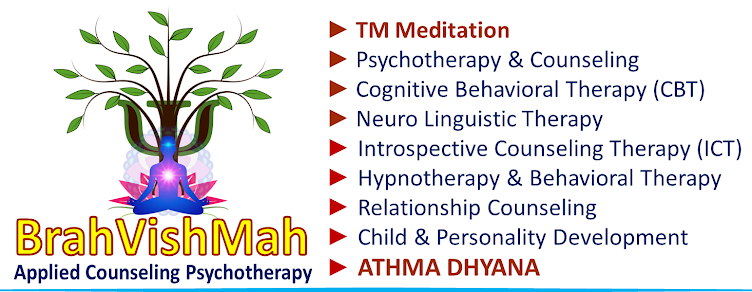Cyclothymia is a mild mood disorder. It exhibits symptoms similar to bipolar II disorder. Both cyclothymia and bipolar disorder cause emotional ups and downs, from manic highs to depressive lows. Cyclothymia is characterized by fluctuating low-level depressive symptoms along with periods of mild mania (hypomania). Symptoms must be present for at least two years before a diagnosis of cyclothymia may be made (one year in children). These changes in mood tend to occur in cycles, reaching highs and lows. In between these highs and lows, you may feel like your mood is stable.
Hypomania Symptoms in Cyclothymia
Hypomania is a condition in which you have a period of abnormally elevated, extreme changes in your mood or emotions, energy level and activity level. This energized level of energy, mood and behavior must be a change from your usual self and be noticeable to others. Hypomania is a less severe form of mania.
Signs and symptoms of hypo-mania include:
1) Increased energy and less need for sleep
2) Rapid speech and racing thoughts
3) Being easily distracted
4) Having an increased focus on goals, including work, school and social goals
5) Participating in risky activities or activities that lack good judgment, such as spending sprees, reckless sexual encounters or impulsive business decisions
6) Higher-than-normal level of self-esteem
Signs and symptoms of a depressive episode include:
1) Feelings of social isolation, low self-worth and guilt
2) Changes in eating patterns (eating more or less than usual)
3) Difficulty falling asleep (insomnia) or trouble staying awake (hypersomnia)
4) Fatigue or significant loss of energy
5) Decreased ability to concentrate
Treatments and Interventions
Cyclothymia frequently goes not diagnosed and untreated. Most people's symptoms are mild enough that they do not seek mental health treatment. In fact, some people resist the idea of treatment, which reduces their "up" episodes as well as "down.
1) Mood stabilizers such as lithium
2) Anti-seizure medications (also known as anticonvulsants) include divalproex sodium Atypical antipsychotic medications and risperidone (Risperdal) may help patients who don’t respond to anti-seizure medications
3) Anti-anxiety medications
4) Antidepressants
should only be used in conjunction with a mood stabilizer as they may cause
potentially harmful manic episodes when taken on their own




No comments:
Post a Comment